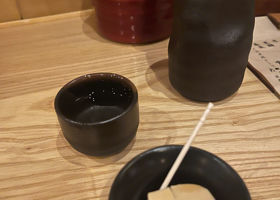SakenowaRecord your sake experiences and discover your favorites
稲里Inazato
Flavor Chart®
A chart created from flavor analysis of user comments.

Flavor Tags ®
Tags generated from flavor analysis of user comments.
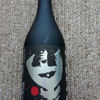
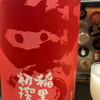
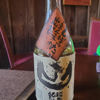
Popular Comments
It is a deeply flavored sake. The ginjo aroma increased my appetite. The refreshing aftertaste made me drink too much 😵🍺🌀.
Japanese>English
I took the liberty of drinking this sake thinking it was pure rice.
The first sip was a bit harsh, but the next sip was a thick and sweet saké. If you taste it well, it has a fresh feeling, which makes it an interesting sake.
I think it was a good choice for the New Year, as it is more like amazake sake.
I think it would be delicious warmed up, but I haven't tried it.
Japanese>English
Brands from Isokura Shuzo
Inazato愛醸一献
Similar Brands
We analyze the flavors based on everyone's comments and select similar brands.
Location
2281-1 Inada, Kasama, IbarakiOpen in Google Maps
Timeline
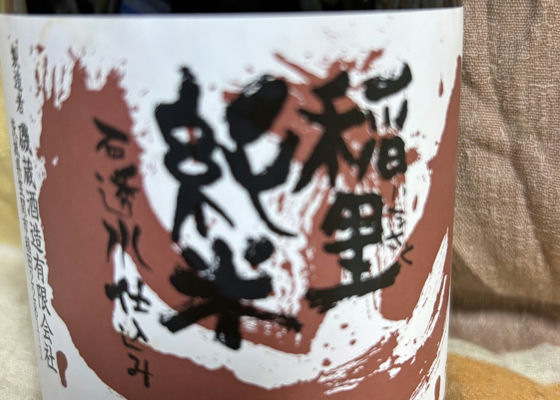

takeさん@しぞーか
As the label says "mountain", it has a robust but lingering taste. It is served in a sake cup made by Kasama potter Yasumasa Sato.
Inazato Junmai
Ishitokosui brewing
Isokura Sake Brewery (Kasama City, Ibaraki Prefecture)
Japanese>English
Inazato辛口 石透水仕込み
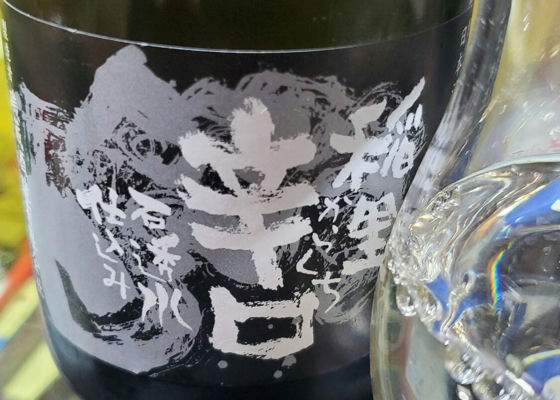
パピスケ
Souvenir from a business trip to Ibaraki🍶.
The aroma of banana is pronounced and fruity. Banana nuance is also faintly felt after the first impression of sweetness. The second half is dry and lingering, but the impression is more fruity than dry wines from Niigata and other regions.
Japanese>English
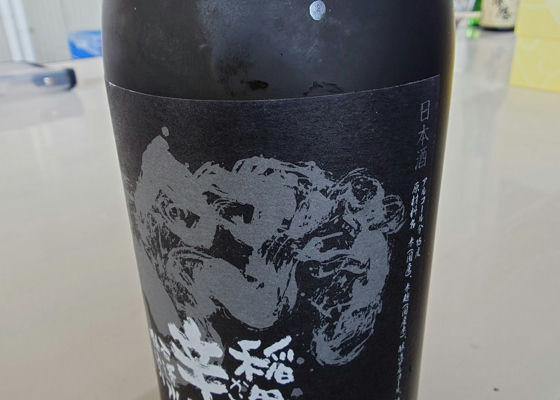

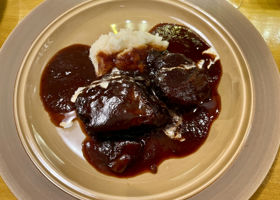

takeさん@しぞーか
We had it at room temperature with Western food in Mito. They say it is a local best seller loved by drinkers. The chestnut sweets in Kasama were also delicious: ‼️
Inazato Dry
Ishitokosui brewing
Isokura Sake Brewery (Kasama City, Ibaraki Prefecture)
Japanese>English

ほそかわ
Congratulations on your promotion, Mr. Yagi!
Japanese>English

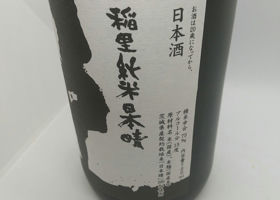
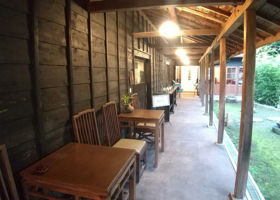
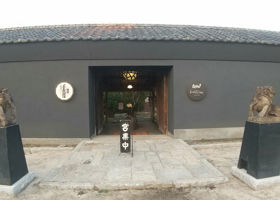
しゃちまるんるん
Inazato Junmai Nihonharu Tsuchi (1100 yen)
Tsuchi" is clean and refreshing. It is light and dry. It has little sweetness and a little sourness.
The rice "Nihonbaru" grown in Ibaraki is polished to 75%. The alcohol content is 15 degrees. A high percentage of rice has an image of sourness, but it has a little sourness, but just the right amount.
It retains a light sourness the next day and after, but has a strong, refreshing feeling that makes it easy to pair with any dish! It is easy to pair with any food. It is easy to pair with any food. Good!
Thank you very much!
No prior customers on a holiday afternoon. The store? The storehouse is very sophisticated and stylish, perhaps recently renovated.
Japanese>English
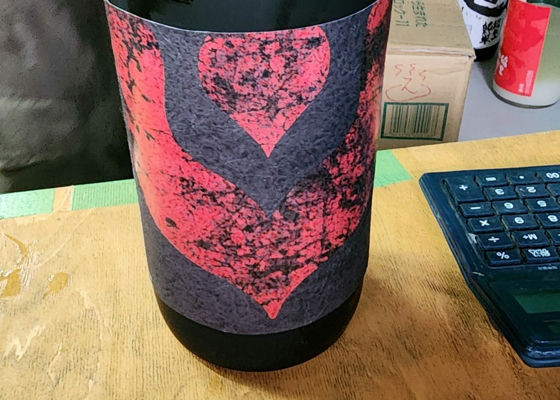
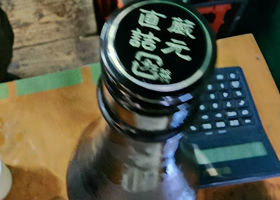
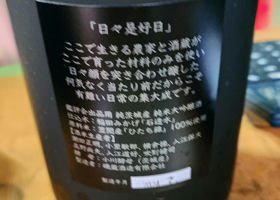
ひまたろう
Fuji Rock Sake Series.
Junmai Daiginjo. Mild and delicious.
Japanese>English

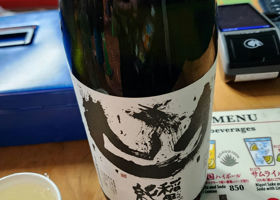
ひまたろう
Fuji Rock Sake Series.
Tokoro-Tenkoku Ramen Restaurant. Junmai delicious. Mild.
Japanese>English
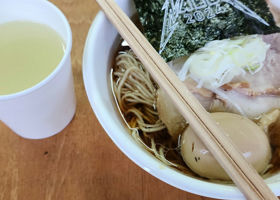
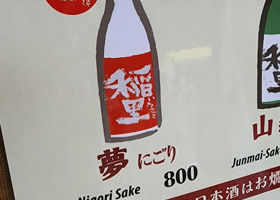
ひまたろう
Fuji Rock Sake Series.
Tokoro-Tenkoku Niboshi Ramen and Nigori.
Not too sweet and refreshing.
Japanese>English
まるみ
It was served at room temperature.
Japanese>English
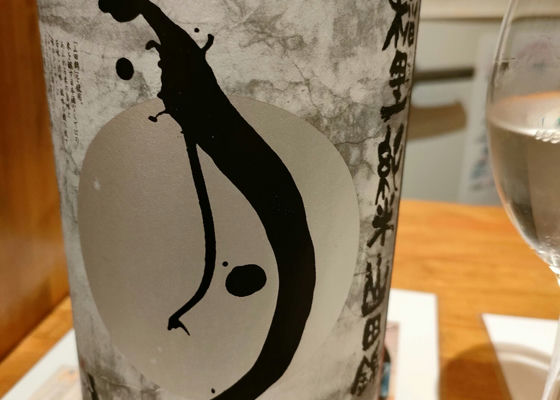
sakura-ame-hina🐾
At the corner nadaya
Japanese>English
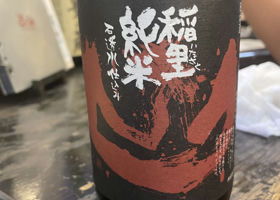
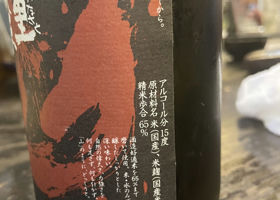
RooneyBox
Rice polishing: 65
Alcohol: 15%.
Local Sake Day in Ibaraki!
This is another brand I had never heard of.
I guess it's an authentic junmai sake.
Japanese>English

my
Watery and tasteless.
It tastes light and fluffy, neither spicy nor sweet. It is a drink without any characteristics. Just easy to drink.
Japanese>English





